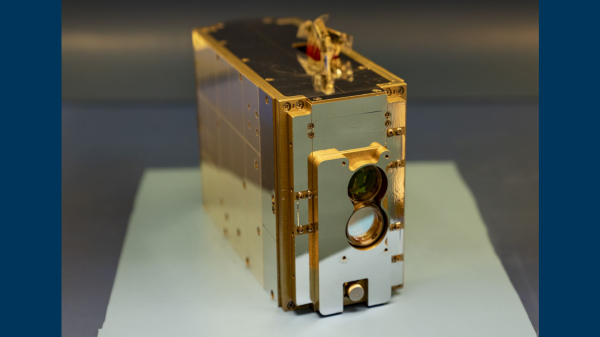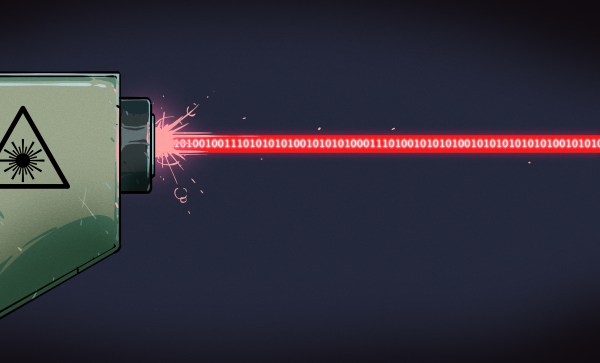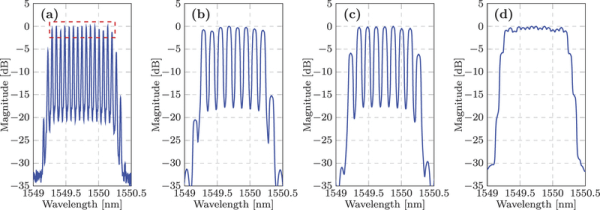[NASA] and a team of partners has demonstrated a space-to-ground laser communication system operating at a record breaking 200 gigabit per second (Gbps) data rate. The TeraByte InfraRed Delivery (TBIRD) satellite payload was designed and built by [MIT Lincoln Laboratory]. The record of the highest data rate ever achieved by a space-to-Earth optical communication link surpasses the 100 Gbps record set by the same team in June 2022.
TBIRD makes passes over an ground station having a duration of about six-minutes. During that period, multiple terabytes of data can be downlinked. Each terabyte contains the equivalent of about 500 hours of high-definition video. The TBIRD communication system transmits information using modulated laser light waves. Traditionally, radio waves have been the medium of choice for space communications. Radio waves transmit data through space using similar circuits and systems to those employed by terrestrial radio systems such as WiFi, broadcast radio, and cellular telephony. Optical communication systems can generally achieve higher data rates, lower loses, and operate with higher efficiency than radio frequency systems. Continue reading “NASA Team Sets New Space-to-Ground Laser Communication Record”














